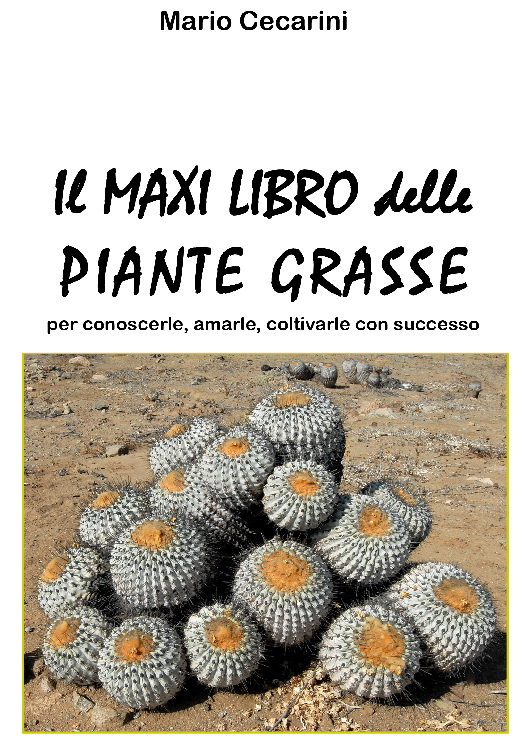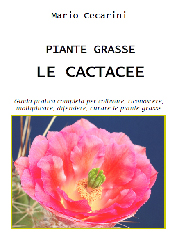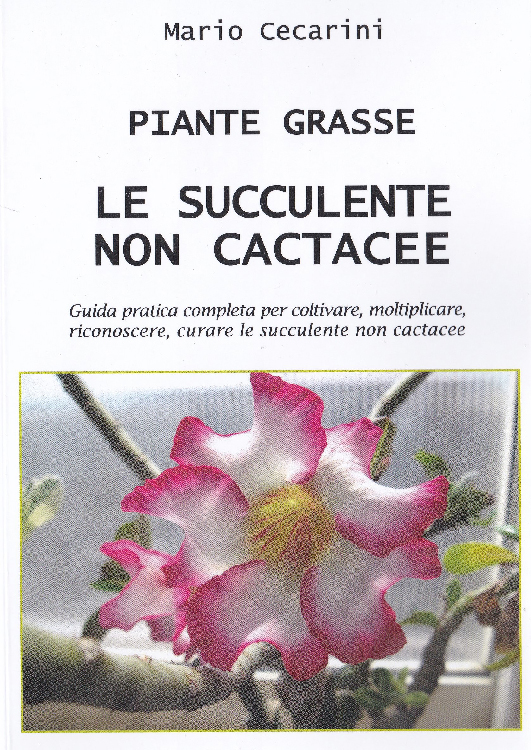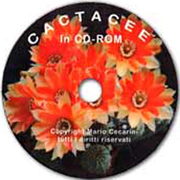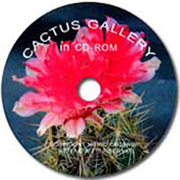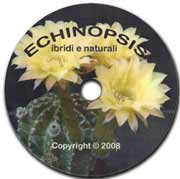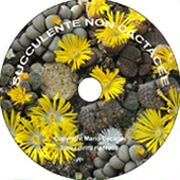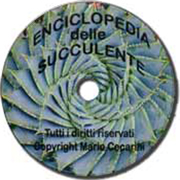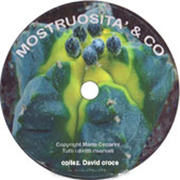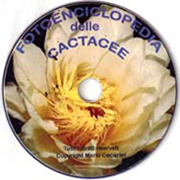Habitat: desert regions of southwestern Texas and southern New Mexico.
Description: the genus comprises mainly globular cacti with a clumping habit, with vertically furrowed tubercles like Coryphantha. The diurnal flower, borne from spring to summer, may be from pink or fuchsia to purple or in shades of yellow. Each species is often named differently: Gymnocactus, Coryphantha, Neobesseya, Neolloydia, Echinocactus are some synonyms.
Soil: basic mix.
Location: grow in filtered light.
Temperature: the average minimum temperature for these species is between 6 and 10°C (43-50°F) but some tolerate cold weather better than others and are suitable for a non-heated conservatory. They all require good air circulation. Some plants in Neobessaya need a minimum of about 10°C (50°F), otherwise they tend to develop unsightly spots due to the low temperatures.
Water: average, but if the temperatures should be around freezing it is essential to stop watering and keep the air humidity low.
Cultivation tips: not easy; propagate from basal offsets or stem cuttings. They’re difficult to raise from seed (temperature for germination: 25°C / 77°F.). Ensure good ventilation.
Main species of Escobaria: Escobaria sneedii is similar to Escobaria leei;
Escobaria strobiliformis; Escobaria lloydii; E. orcuttii; E. organensis; Escobaria robbinsorum; Escobaria roseana, grow in humus-rich soil; Escobaria chaffeyi; Escobaria tuberculosa; Escobaria hesteri; E. zilziana; Escobaria minima, can withstand temperatures down to -12°C (10°F);Escobaria missouriensis, syn. Neobesseya m. withstands minimum temperatures around -25°C (-13°F);Escobaria vivipara, can tolerate minimum temperatures down to -20°C (-4°F);Escobaria runyonii, ensure a minimum of 8-10°C (45-50°F); it needs more water during the growing period.




